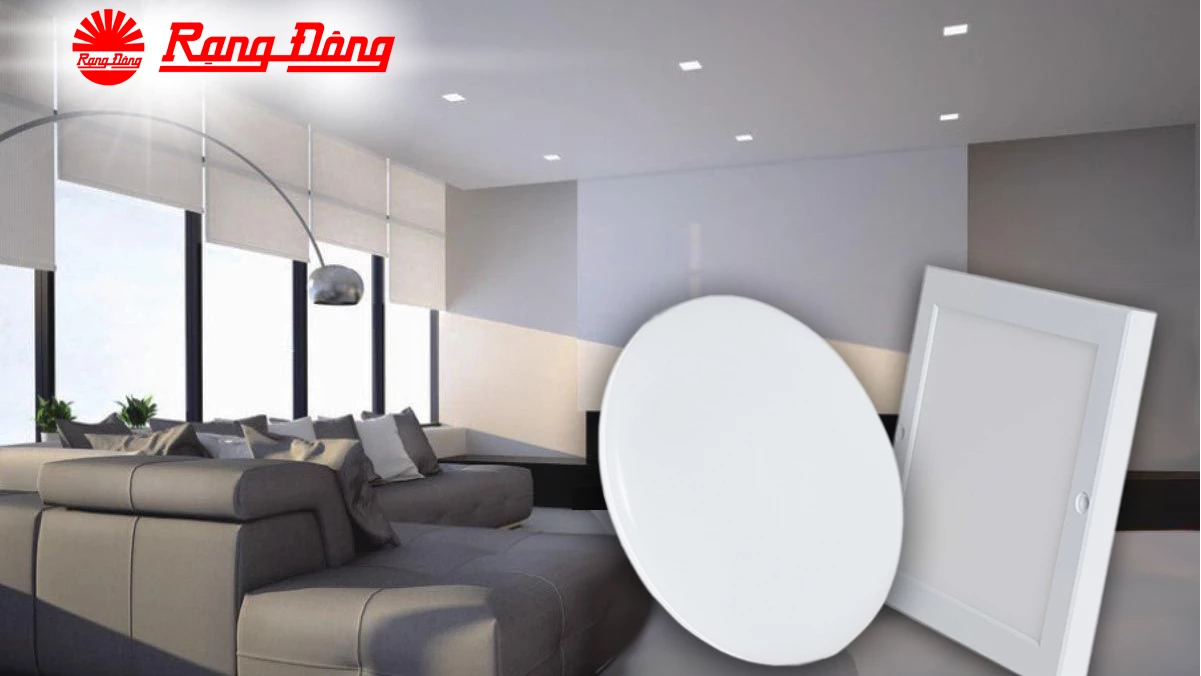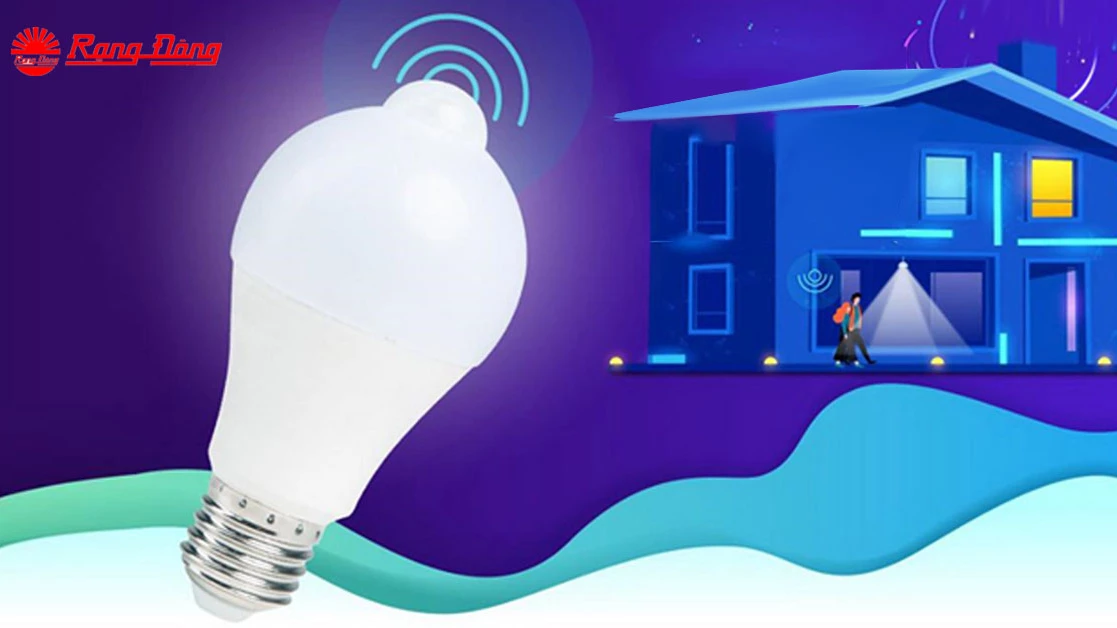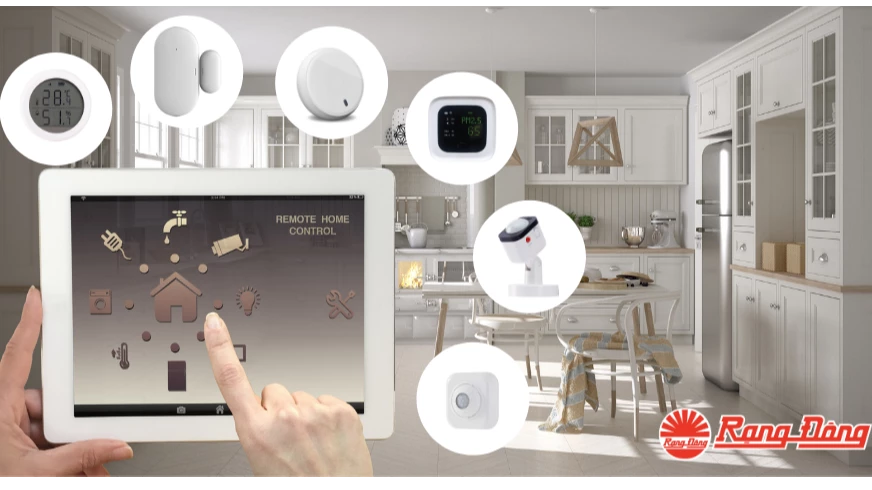
Smart sensor – the latest launched products by Rang Dong
Vietnam’s Rang Dong now provides a series of smart sensor to help detect light, smoke, fine dust, motion, heat or humidity in the surrounding environment as part of smart home solutions. Let’s take a look at these devices to see their functions and how they have been designed to improve our life.
Introduction of smart sensor
A smart sensor is a device that can digitalize the variables taken from the surrounding environment to a system for display, memory or further analysis.
Based on the mechanism, smart sensor can be divided into two types: Passive infrared (PIR) sensor which measures infrared (IR) light radiating from objects in its field of view, and radiation (RAD) sensor which detects motion by sensing and measuring radiation emissions.
Smart sensors can be classified into many types based on the object of sensing, including light sensor, motion sensor, fine dust sensor, smoke sensor, door sensor and thermal hydro sensor, or combining multi-sensing functions.


Various types of smart sensor in the recently marketed series from Rang Dong
A smart sensor is an un-separated part of the IoT (internet of things) system which can control, monitor everything and help people and machines communicate with each other. In this system, smart sensors function to detect ambient signals in their active field of view, then transfer the signals to the data center and computing processor. The signals will be processed and displayed by human recognizable characters.
A smart sensor normally has three components: a sensor that captures signals, a microprocessor to convert the signals into binary data, and an output gate to connect with other devices. Besides, it can be designed to connect with other components such as transducers, amplifiers, excitation control, analog filters and compensation, depending on the purpose of sensing and feature of the sensor.
Six smart sensor types from Rang Dong
These six smart sensor types belong to a series marketed by Rang Dong, Vietnam’s leading manufacturer of LED products and smart lighting solution provider. These sensors play an active role in smart home and smart city solutions, part of the company’s strength in its development strategy by 2025.
A light sensor works under the principle of internal photoelectric effect. It is integrated into the luminaire to detect the illuminance of the ambience. If this value is less than 25 lux, the luminaire will turn on to its full power.
A motion sensor can detect the presence of a living organism in the field of view by scanning infrared spectrum emitted from the body or a human or an animal, as well as any of its movements.
As its name suggests, the fine dust sensor is designed to measure the content of fine dust in the ambience, and send these readings to a microprocessor which will help put on display either green, red or yellow light to indicate the risk level of fine dust in our surroundings.

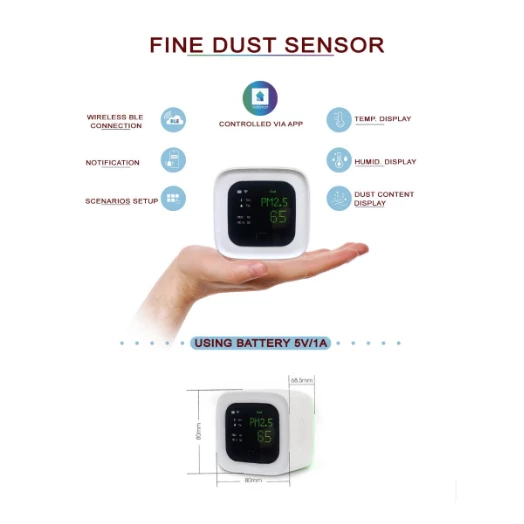
Rang Dong’s fine dust sensor
Door sensor is an essential device in home security systems. It lets us know someone is entering our home. It often is attached to the door by a magnet and therefore, it can be installed at any door in our house.
A thermo hydro sensor can measure and show the value of temperature and relative humidity of our atmosphere. It helps us realize in time the change of our living ambience to protect electronic devices and human health.
The use of a smoke sensor at many places from homes to office buildings is essential in prevention of, or assistance for quick reaction to fire since the device measures the smoke content of the space.

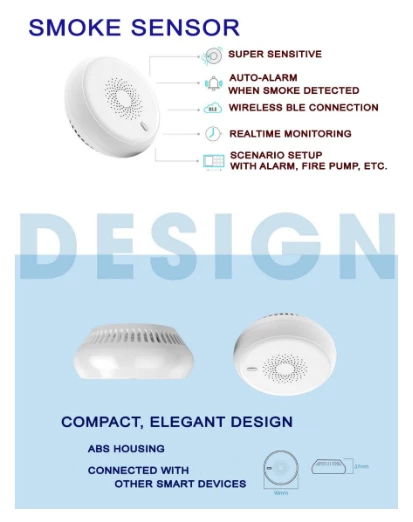
Rang Dong’s smoke sensor
Using wireless Bluetooth mesh, these smart sensors can connect with each other and with other smart devices. The devices are programmed to understand each other. In a smart home, all of these smart sensors connected to smart devices can be controlled by a home center. They function to alarm foreign matters and monitor the status of human activities, thus enhancing the living standards.
Should you have any questions or request a quotation of Rang Dong products, please send us an email to: export@rangdong.com.vn.
Websites: en.rangdong.com.vn and vacuumflask.rangdong.com.vn




